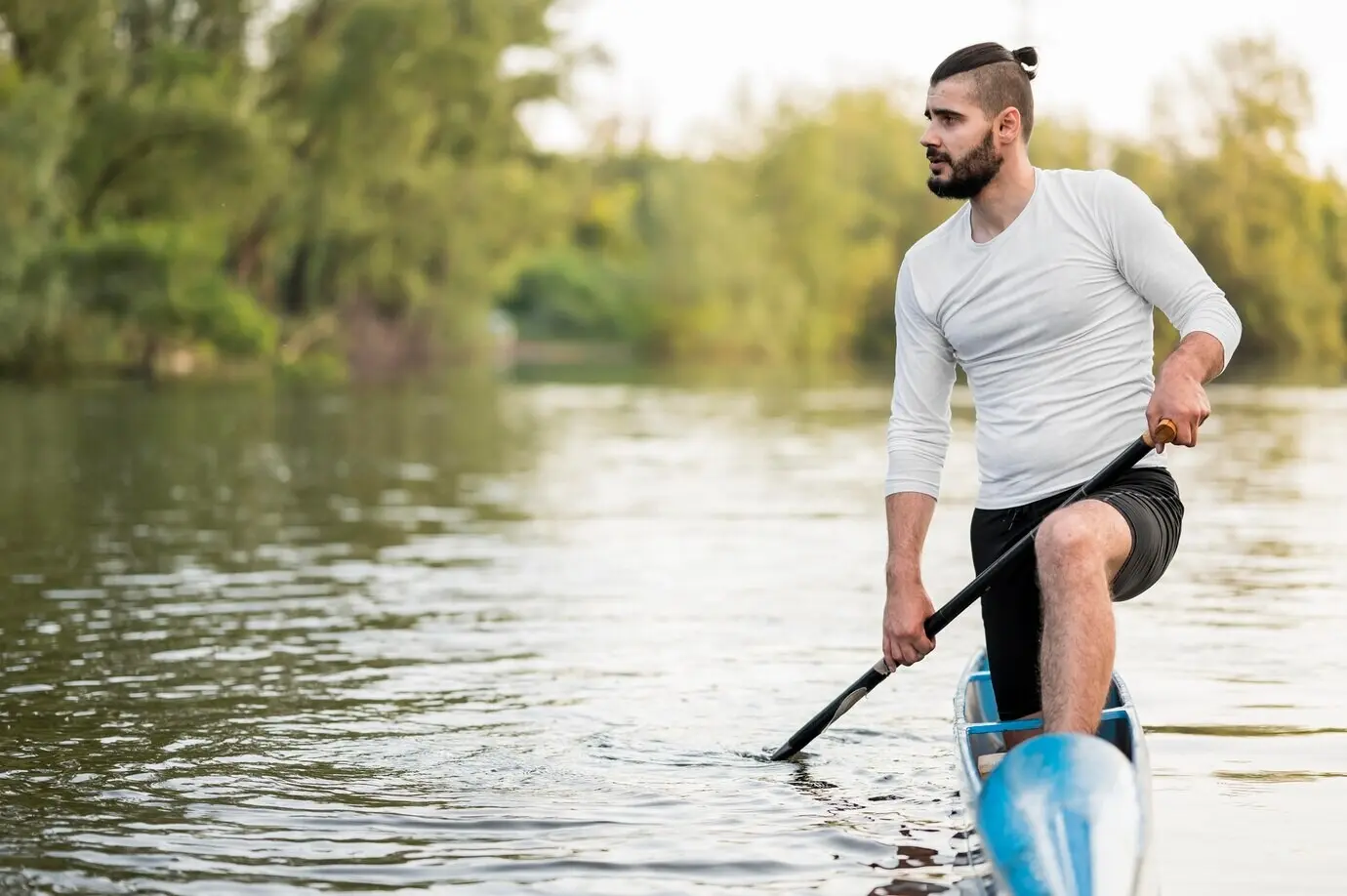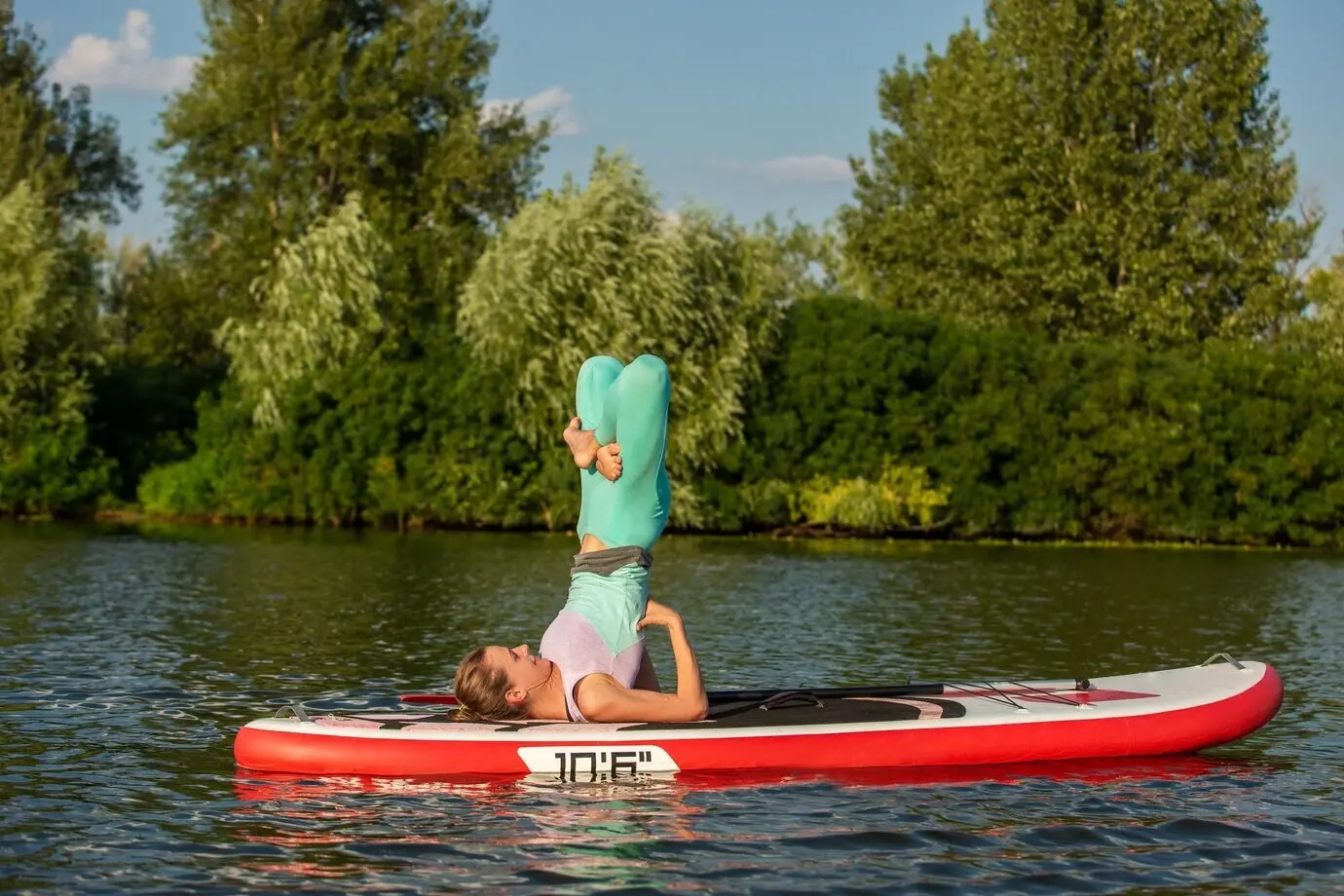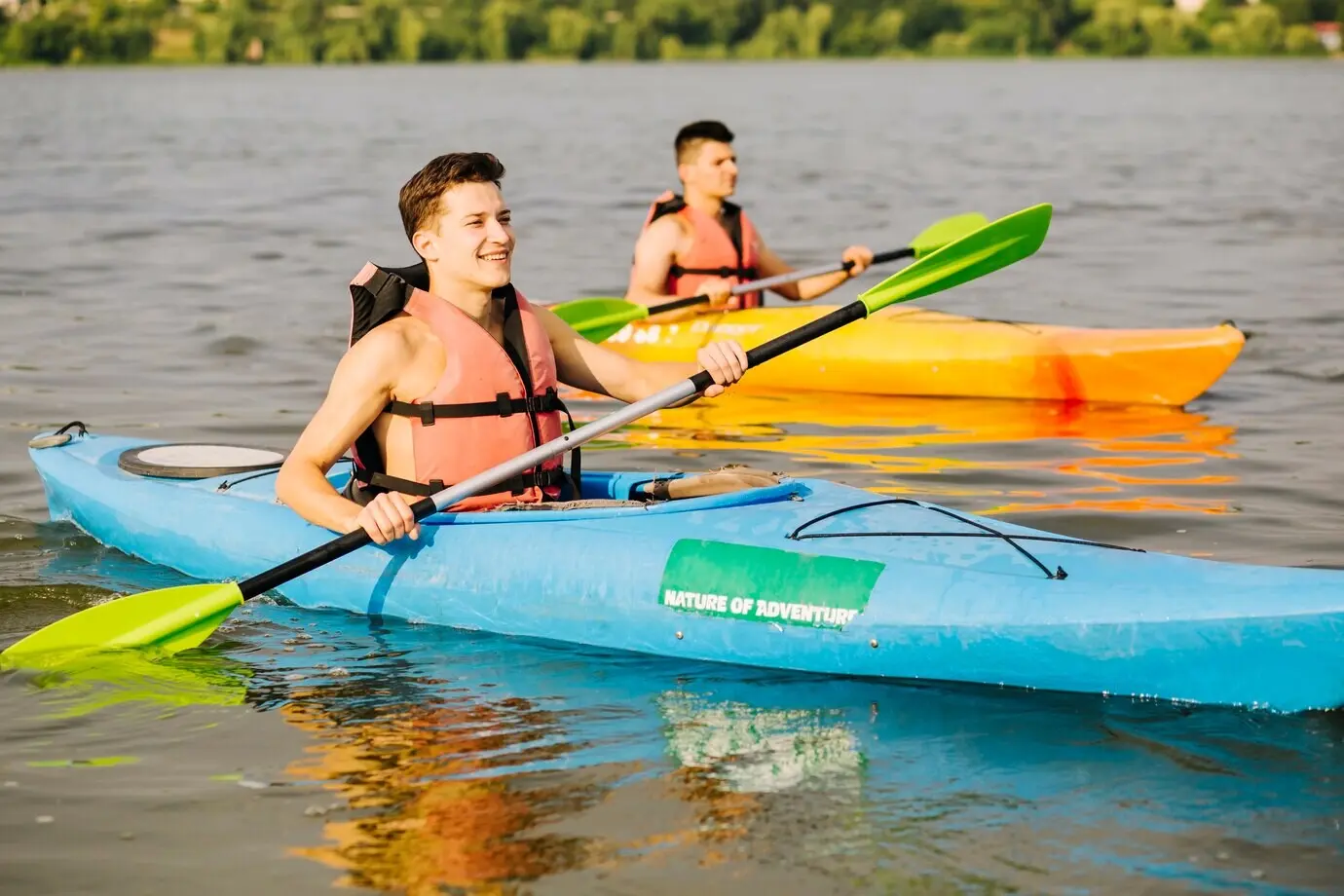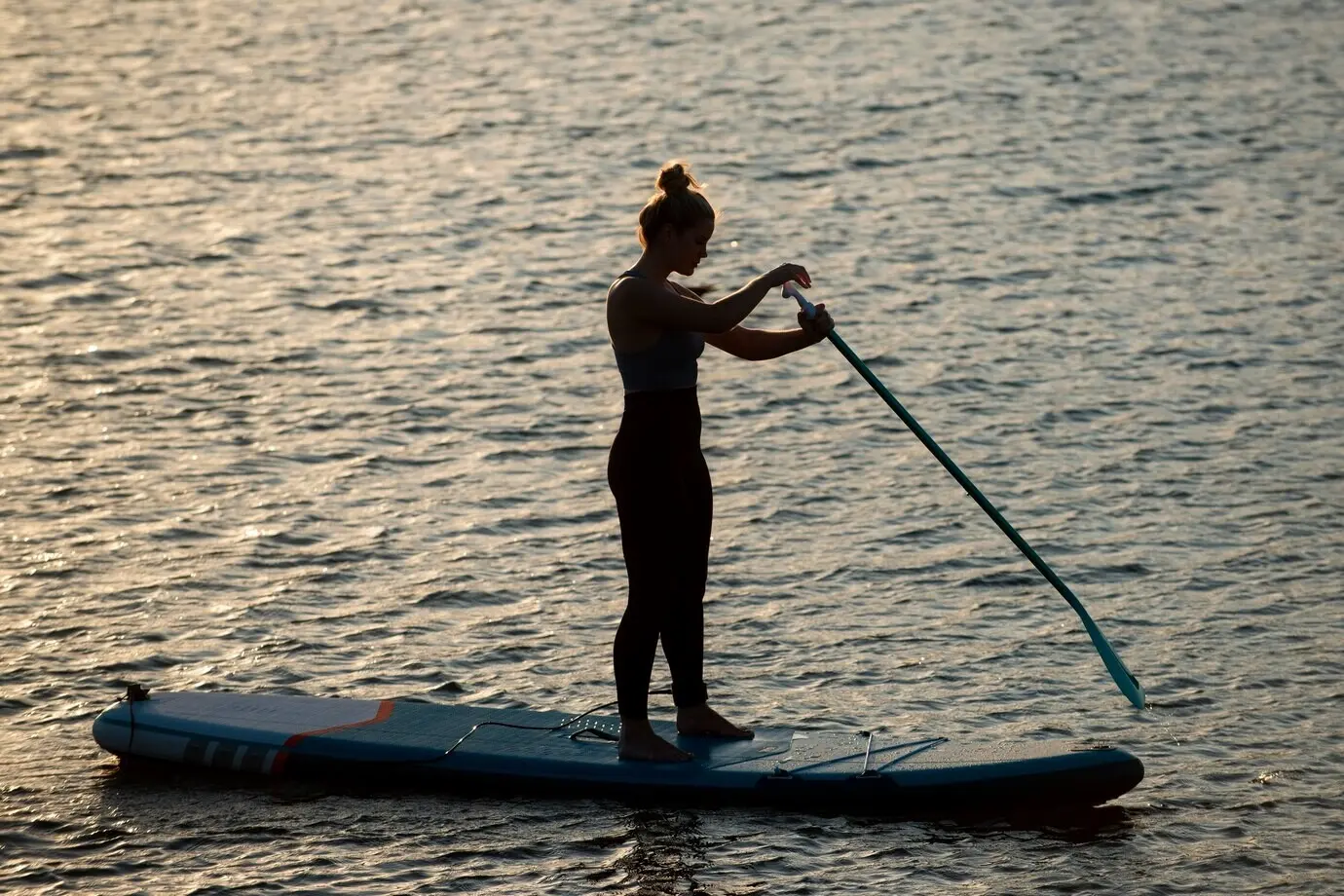Plan Multi-Day Paddling Expeditions With Confidence


Mapping Miles That Flow
Finding Legal, Lovable Shorelines
Water, Fire, and Kitchen Triangles
Logistics That Make It All Click
Permits, Shuttles, and Timing Windows
Before dreaming of coves, secure access. Some corridors use lotteries, seasonal caps, or campsite reservations that vanish in minutes. Confirm parking rules and check shuttles, including creative self-shuttles with bikes or public transport. Tide gates, dam releases, and ferry schedules can define workable launch times more than alarms do. We set two windows—primary and backup—then brief everyone on what delays trigger the alternate plan. Clear agreements prevent frantic texts and keep group energy focused on the water ahead.
Packing Systems That Survive Swims
Imagine every item upside down in cold water and pack accordingly. Use dry bags sized to the job, purge air, and label boldly by color or tape so the med kit is never mistaken for snacks. Create a ditch kit—communication, heat, and shelter—that stays on your body, not inside a hatch. Duplicate must-haves like fire starters and headlamps across boats. After a real capsize, we learned every minute saved by organized packing returns twice in warmth and confidence.




Safety, Weather, and Water Reading
Boats, Kits, and Efficient Movement

Choosing the Right Hull
Touring kayaks offer speed and weather cocking control with skegs or rudders; canoes carry bulk elegantly and enable easy portages; packrafts unlock remote chains with featherweight portability. Consider rocker, beam, and freeboard based on expected wind and load. Try boats loaded, not empty, before committing. Balance stability with efficiency so confidence stays high when fatigue creeps. The right hull does not just move you; it guides wise decisions, keeping ambitions grounded in the water you truly face.

Portages Without Meltdowns
Portages reward patience and choreography. Stage loads, pre-rig carry yokes or shoulder straps, and assign roles so bottlenecks vanish. Where allowed, wheels help; where rocky, slow down and shorten steps. Choose footwear that grips mud and granite alike. Cache boats above high water lines while shuttling. A simple rule—touch items once—cuts chaos dramatically. Rest before hands shake, not after. The memory of a smooth carry lingers, transforming what many dread into a strangely satisfying team ritual.

Pacing, Strokes, and Break Rhythm
Agree on cadence, breaks, and signals before the bow touches water. Many crews favor fifty minutes paddling and ten standing, adjusting for conditions and daylight. Use forward strokes that feel light and repeatable, rotating torso rather than muscling arms. Draft politely in wind, communicate lead swaps, and pause together for wildlife. Short micro-adjustments—unzipping a layer, sipping water, stretching wrists—prevent cumulative fatigue. The best mileage often comes from steady, conversational pace, not heroic sprints that crumble when gusts rise.
Community, Story, and Stewardship
Shared Roles Build Strong Days
Rotate responsibilities—leader of the day, navigator, quartermaster, safety checker—so everyone invests in success. Build check-ins at breakfast and after dinner to surface concerns early. When rain slaps tarps, a clear role dissolves friction and keeps initiatives moving. Write a quick lessons list nightly, applauding wins and noting tweaks. Shared ownership nurtures trust, keeps decisions transparent, and turns rough patches into cooperative puzzles. Over time, crews that share tasks paddle farther and laugh louder at shoreline campfires.
Document the Journey With Care
Journals, tracks, and photos preserve details that memory rinses away. Capture wind directions, notable eddies, wildlife sightings, and campsite coordinates, but consider privacy and ecological sensitivity before public sharing. Avoid geotagging fragile spots and blur clues that invite overcrowding. Seek consent for portraits and keep drones grounded near wildlife. Storytelling becomes an act of stewardship when it balances wonder with restraint. Your careful records help others prepare wisely, while your discretion protects the fragile magic you discovered.